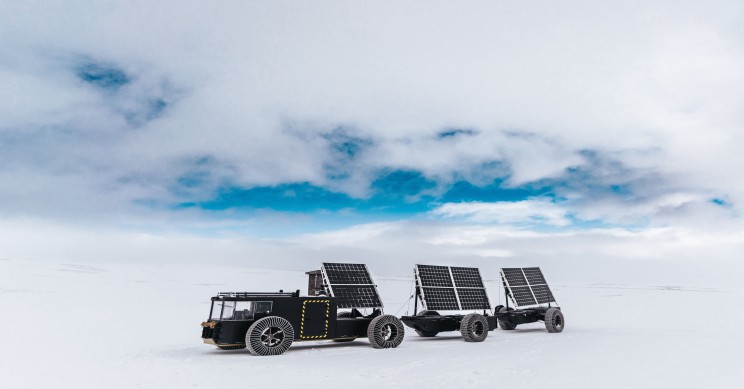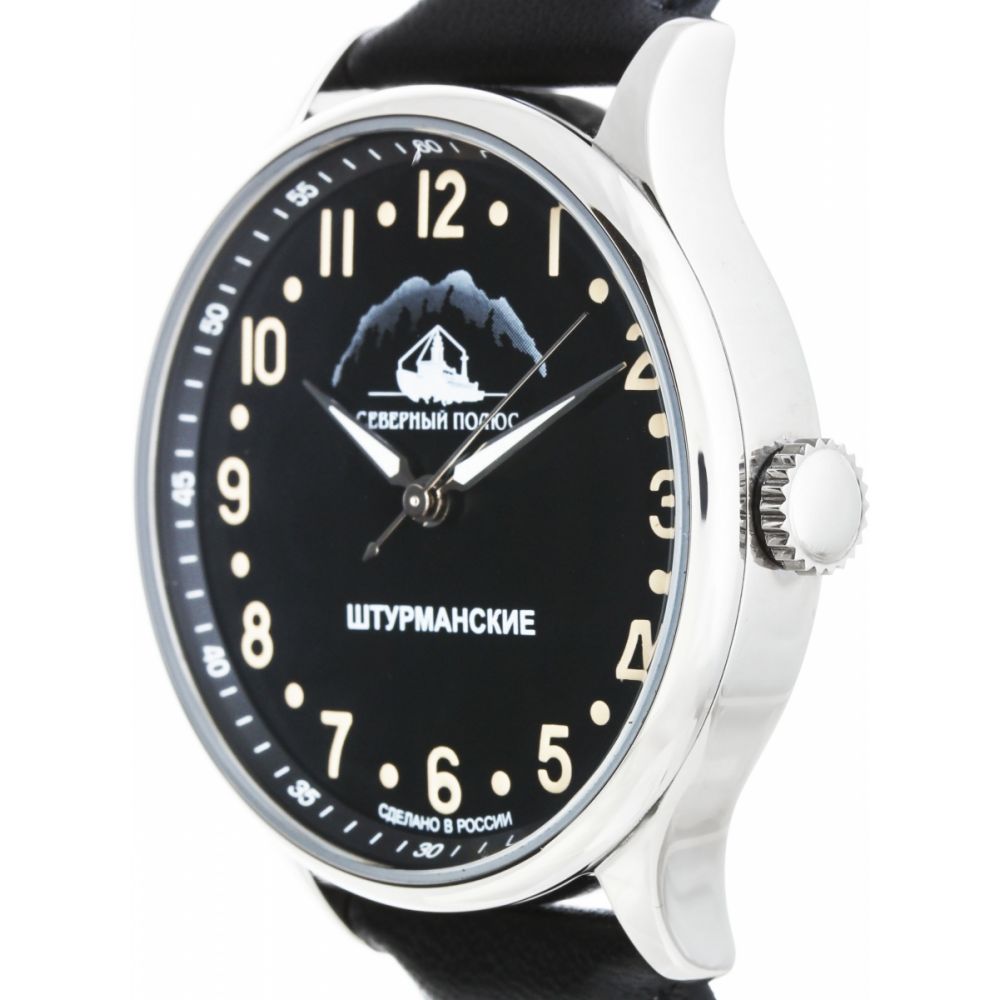Contents • • • • • • • • Description [ ] Larva [ ] The green, mature caterpillar is unique among Australian butterflies. A yellow line runs along each side, and the back is marked by one or more crescent shapes. The green head has two pairs of long horns besides a smaller set behind the head-scale. Free corel draw x7 trial free download free and full version 2016. Adult [ ] The upperside is boldly marked in black and white, with narrow blue-grey margins, and specks of orange on the hindwings. The prominent double-pointed tails gives the butterfly its name. The underwing of both sexes are marked in complex patterns of red and yellow brown, against on a white background, bordered by black outlines and an orange edge to the hindwing. Range [ ] Though formerly limited to northern and eastern Australia, it expanded its range during the 1970s.
-severnyi-polyus-vydeleno-7-milliardov-rublei 2018-04-07T15:03:14+03:00.

It may now be found in southern New South Wales, Victoria and eastern South Australia, but it is not permanently established. Its residence in the southern regions depends on mild winters, and availability of their food plants. It was first noted in Adelaide in 1973, where it remains rare. Food plants [ ] The larval food is the foliage of certain native and introduced tree species. The native species include wattles,,, and species, while the is an exotic species that is also favoured.
Mame32 v 0 87 google drive. Adults may feed on the sap of trees, rotting fruit and moisture from dung. Habits [ ] These fast, strong flyers are mostly seen in the dry season.
Males frequent hilltops, and establish territories, by perching head down, some 3 m up in trees, while they move the hindwings move up and down. Two or more generations may be produced annually. Gallery [ ] •.
Contents • • • • • • • Overview [ ] 'NP' carry out the program of complex year-round research in the fields of, ice studies,,,,,,. On average, an 'NP' station is the host for 600 to 650 ocean depth measurements, 3500 to 3900 complex meteorology measurements, 1200 to 1300 temperature measurements and sea water probes for, and 600 to 650 launches.,, ice and other observations are also carried out there. Regular measurements of the ice floe coordinates provide the data on the direction and speed of its drift. The modern 'NP' drifting ice station resembles a small settlement with housing for polar explorers and special buildings for the scientific equipment.
Usually an 'NP' station begins operations in April and continues for two or three years until the reaches the. Polar explorers are substituted yearly. Since 1937 some 800 people were drifting at 'NP' stations.
There are two groups of 'NP' stations: • stations, drifting on the (i.e. Relatively thin and short-lived ice):'NP-1' through 'NP-5', 'NP-7' through 'NP-17', 'NP-20', 'NP-21' • stations, drifting on ice islands ( fragments, that were split from the shore): 'NP-6', 'NP-18', 'NP-19', 'NP-22'. All 'NP' stations are organized by the Russian (former Soviet) (AARI). History [ ] An idea to use the for the exploration of nature in the high latitudes of the belongs to, who fulfilled it on between 1893 and 1896. The first stations to use drift ice as means of scientific exploration of the Arctic originated in the in 1937, when the first such station in the world,, started operations. North Pole-1 was established on May 21, 1937 some 20 km from the by the expedition into the high latitudes., led. 'NP-1' operated for 9 months, during which the ice floe travelled 2,850 kilometres.
On February 19, 1938, Soviet and took off four polar explorers from the station, who immediately became famous in the USSR and were awarded titles:, geophysicist, and their leader. Since 1954 Soviet 'NP' stations worked continuously, with one to three such stations operating simultaneously each year. The total distance drifted between 1937 and 1973 was over 80,000 kilometres. Is particularly notable for its record drift, lasting nine years.
On June 28, 1972 the ice floe with passed over the North Pole for the first time ever. During such long-term observations by 'NP' stations, a lot of important discoveries in were made, valuable conclusions on regularities and the connection between processes in the polar region of the 's and were obtained.

Some of the most important discoveries were finding the deep-water, which crosses the Arctic Ocean, other large features of the ocean bottom's relief, the discovery of two systems of the drift (circular and 'wash-out'), the fact of ' active penetration into the. The last Soviet 'NP' station,, was closed in July 1991. In the post-Soviet era, Russian exploration of the Arctic by drifting ice stations was suspended for twelve years. The year 2003 was notable for Russia's return into the Arctic. As of 2006, three 'NP' stations had carried out scientific measurements and research since then: 'NP-32' through 'NP-34'.